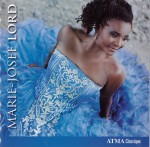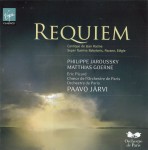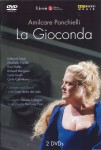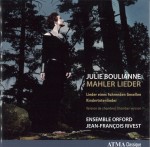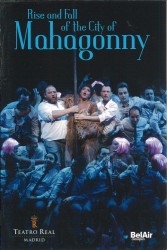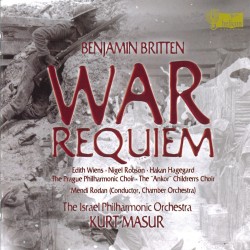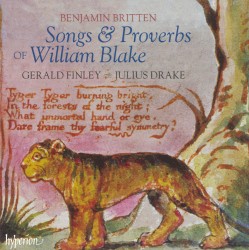Remember - Guelph Chamber Choir; Gerald Neufeld
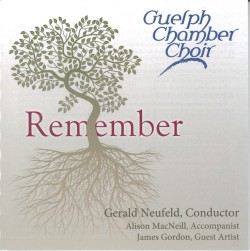 Remember
Remember
Guelph Chamber Choir; Gerald Neufeld
Independent GCC2011-6
www.guelphchamberchoir.ca
In this fifth recording by the Guelph Chamber Choir, we are invited to remember loved ones and pay homage to our country and the roots of those who built it through choral arrangements of favorite folk songs, spirituals and art songs. As director Gerald Neufeld writes in the informative and well-researched liner notes, “Music is a potent medium for remembering our past, our joys and sorrows, and those we love. Songs marry poetry to music’s passion, thus conjuring a strong potion that takes us back in time to where we feel the thoughts of a bygone era.”
The title track is delivered by the choir with all the heartfelt sentiment and sensitivity Christina Rossetti’s famous verse and Steven Chatman’s setting deserves. Similarly, Kurt Besner’s Prayer of the Children is deeply moving in its portrayal of war’s innocent victims. A Canadian landscape is evoked beautifully through Eleanor Daly’s Paradise (Song of Georgian Bay) and we experience all the thrilling sounds of the railway in Jeff Smallman’s setting of E. Pauline Johnson’s Prairie Greyhounds. Ian Tyson’s Four Strong Winds and James Gordon’s Frobisher Bay work especially well in choral arrangement.
The men’s chorus demonstrates its a cappella strength and range admirably in Stan Rogers’ Northwest Passage. A nod to the underground railroad is given with the inclusion of escape song Wade in the Water followed by Worthy to be Praised which (though some of the syncopations and hemiolas could benefit from a more natural delivery) provides a rousing finale to a well-crafted program.



